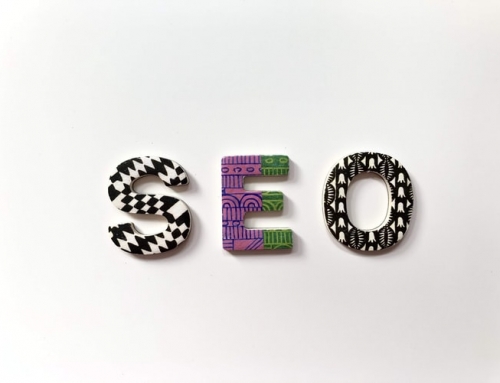The concept of conventional marketing is relatively new since AI, chat bots, and IoT have gained popularity. It has grown significantly since 2012. However, there is still a lack of awareness about conversational marketing among brands. Conversational marketing is the practice of having one-on-one, real-time conversations with customers about their needs and preferences.
Using the power of conversational advertising, brands may improve the user experience while also increasing the number of sales. Conversational marketing has numerous advantages. It is impossible to have a successful brand without using traditional marketing methods.
The following are some instances of conversational marketing
As the name suggests, this type of advertising makes advantage of real-time dialogues and consumer participation to guide customers through the many marketing and sales initiatives undertaken by a business. It does not interfere with the consumer’s everyday routine. Some current examples of conversational marketing include –
- Live assistance: In order to enhance customer engagement and conversions, sales crew spends time on the website doing one-on-one conversations with clients using messaging tools.
- Chat bots: Automated chat bots use natural language processing and artificial intelligence to create individualized consumer engagements.
Reasons to care
A successful marketing strategy relies on the ability to target the right audience at the right time with the correct message. It does not matter if it is 7 a.m., people are having their first cup of tea or 10 p.m., and they are preparing their beds. Conversational marketing lets you reach your leads when they are most open to your message. Maintaining communication with your leads and prospects even while your sales team is absent may be done efficiently with conversational marketing. Leads can be nurtured around the clock with automated chat bots.
You learn what your customers want and need
It is true that conversational marketing is a great way to keep customers engaged. You may learn a lot about your consumers and that what they want from you by using conversational marketing methods like chat bots and SMS messaging. Personalization has been shown to have a positive impact on the user experience.
- More than 90 percent of online consumers shop with firms that offer deals tailored to their needs and interests
- 85% of online customers buy items/services from companies that offer individualized experiences
Success in conversational marketing can only be gauged by utilizing a certain set of indicators and benchmarks. However, we will need to combine these analytics to get a clearer picture of how conversational marketing is affecting our clients’ businesses.
SMS marketing is another way
If you have ever thought SMS marketing was a tough task, you would be wrong. If you perceive SMS marketing as a way to serve your customers, you have already made a strong start. When you collect customer’s phone number during the purchase, be sure to ask if they would like text updates on the status of their order.
Text messages are an excellent substitute for phone calls. Do not use text marketing to send unsolicited spam or to engage in disruptive advertising activities. Sending out promotional messages or trying to drive a hard sale using an SMS message will not provide any results. Let your clients determine whether SMS is a better method of contact for them, and use SMS marketing as a supplement.
In the end
Now that it is no longer just a trendy trend, it is an essential aspect of any modern marketing plan. For the most part, it puts the customer back in front of advertising and marketing efforts, allowing for more in-depth conversations about their demands and queries with brands. Conversational marketing is a valuable tool, whether you put out your first chat bot or start encouraging leads to book their appointments by text messaging.



